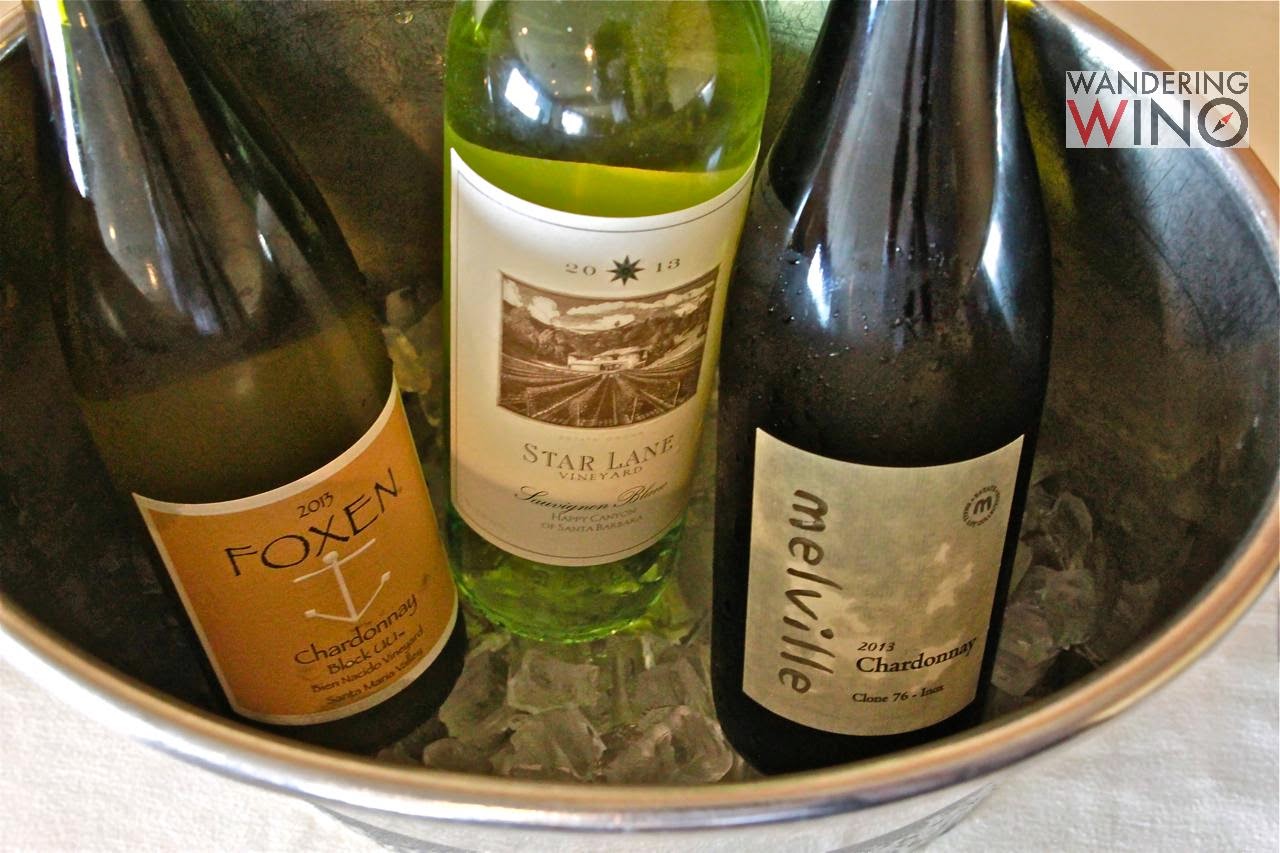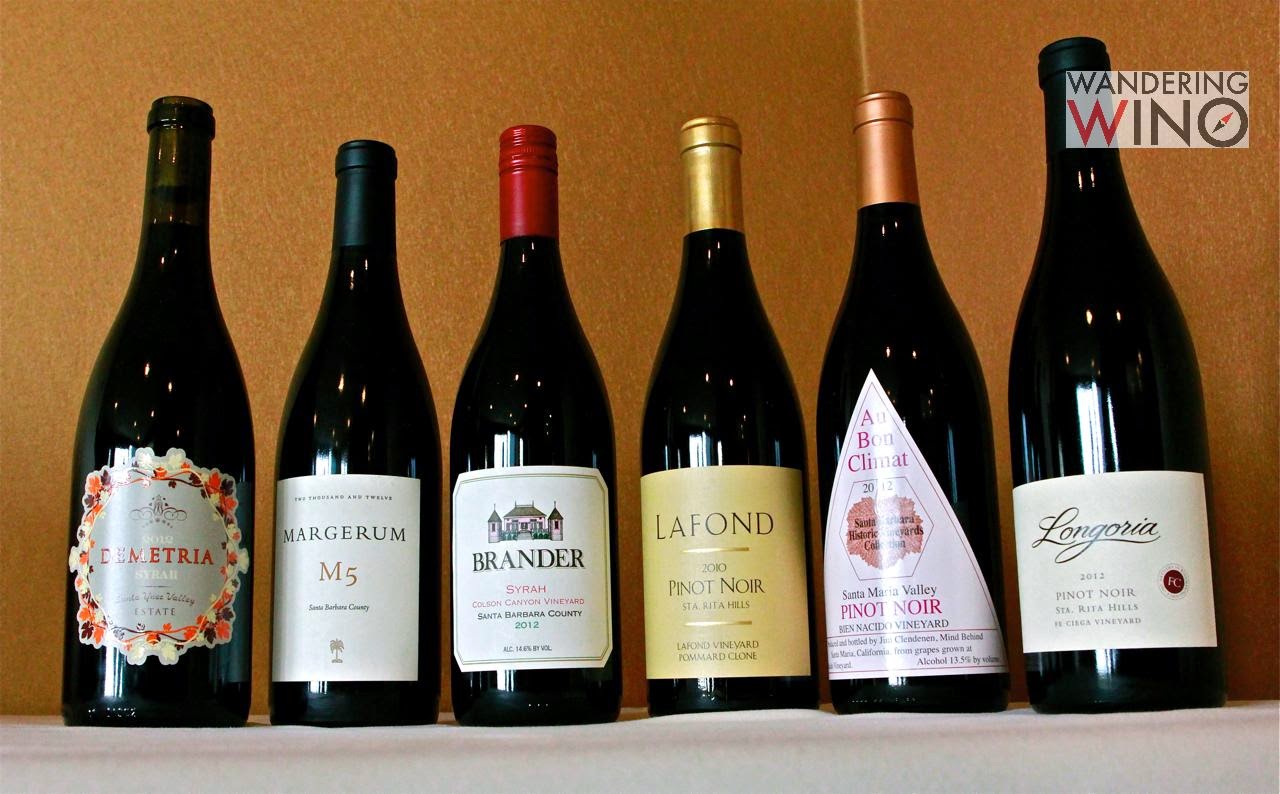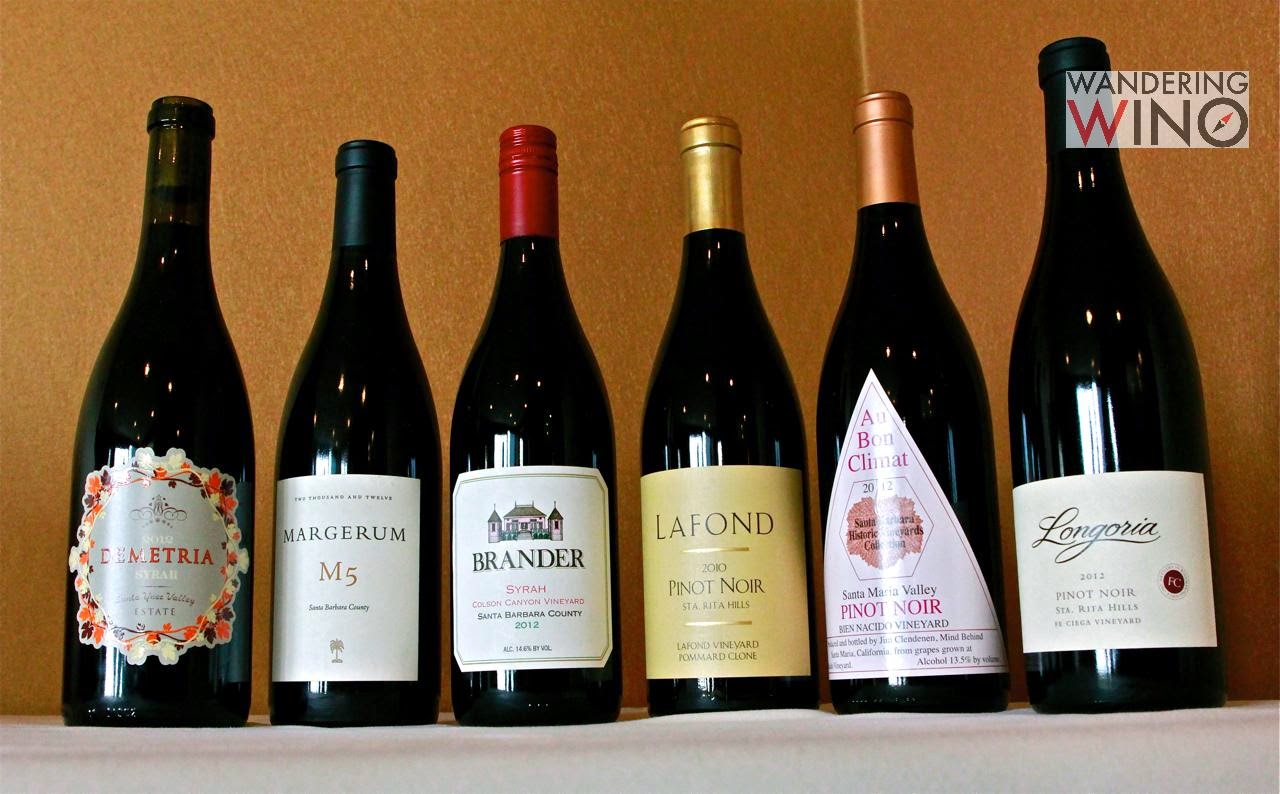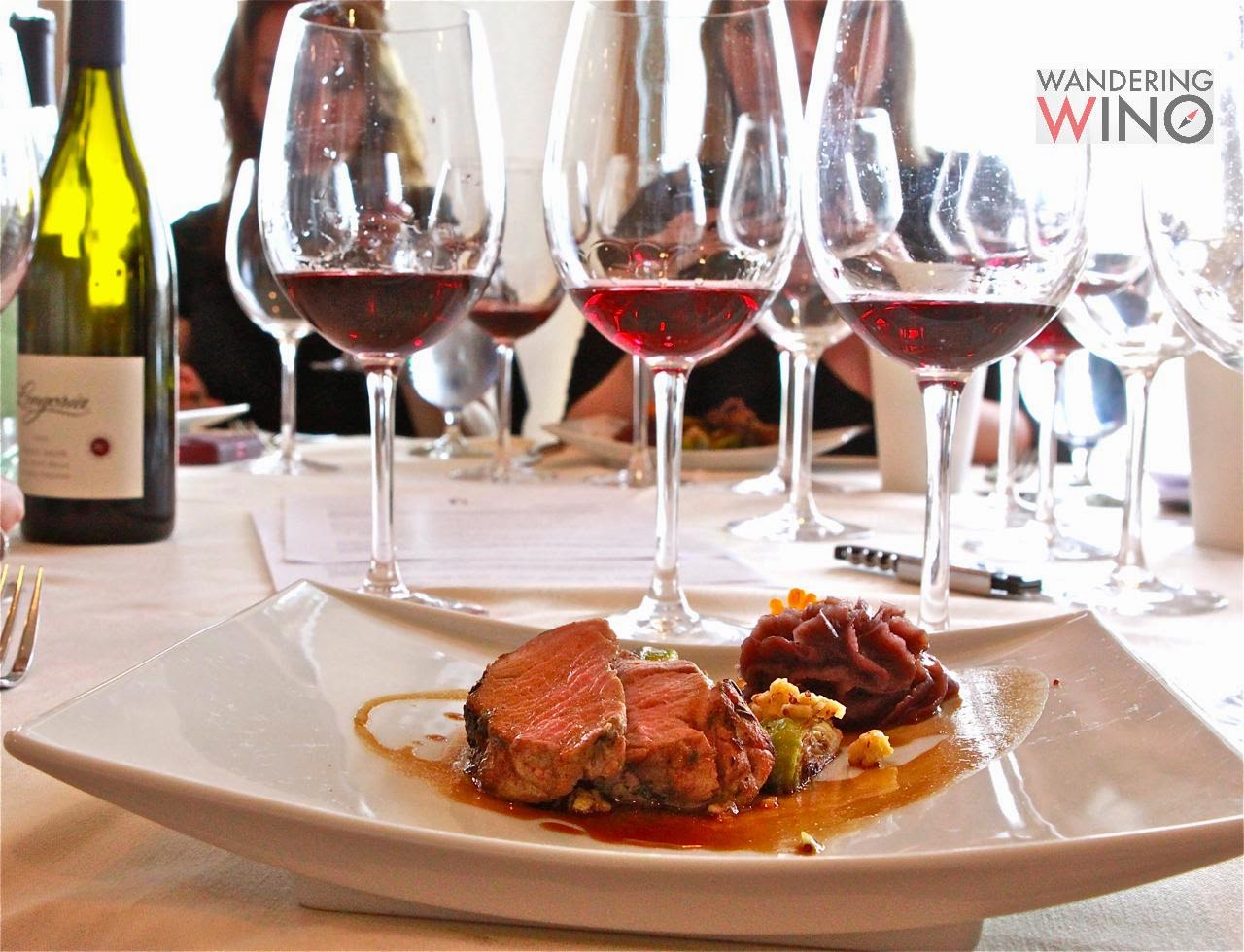Morgen McLaughlin, Executive Director of the Santa Barbara Vintner’s Association, has what I consider to be one of the best jobs in the world, as well as one of the hardest. She is essentially an ambassador for the county’s five AVAs and the numerous, mostly small-production, family-owned wineries that strive for state, national, and international recognition in a highly competitive and sensitive market.
 |
| Chardonnay is the most widely planted variety in Santa Barbara |
Santa Barbara ranks fourth in the state, behind Napa, Sonoma, and Paso Robles, in terms of recognition as a viticulture area, says McLaughlin, and her goal is to move it up to No. 1. To that end she travels a great deal, both nationally and internationally, to get the word out. Of course it doesn’t hurt that Santa Barbara is highly attractive as a destination even beyond its vineyards and wineries, and is just two hours outside of the metropolis of Los Angeles. Nor do the celebrities who ventured into wine making in the area hurt its attractiveness, starting with pioneer (in more ways than one) Fess Parker back in the 1980s to the likes of Kurt Russell and Emilio Estavez today.
Santa Barbara’s five AVAs (a sixth, Los Alamos, is coming soon) grow many varieties of wine, not just Pinot Noir and Chardonnay, as many consumers think. The county’s east-west running mountain range brings ocean breezes far inland, creating many different micro-climates that allow varieties as disparate as Pinot Noir, Cabernet Sauvignon, Merlot, Sauvignon Blanc, and Syrah, among others. Some do well in the cooler Santa Rita Hills, while others thrive in the warmer Ballard and Happy Canyon regions.
 |
| Morgen McLaughlin pours Santa Barbara wines |
A recent luncheon of the newly formed Los Angeles Wine Writers group (of which I’m a proud member) hosted McLaughlan, who brought 10 Santa Barbara County wines to be served with a four-course meal at theWEST Restaurant and Lounge of theHotel Angeleno in Los Angeles.
Melville’s 2013 Chardonnay ($36) sees no oak at all, and is allocated and hard to get, so we wine writers were happy to be treated to it. Hilliard-Bruce’s 2011 Chardonnay ($45) is a lighter, cool-vintage style, and is made in the county’s first LEED-certified winery, which I toured shortly before it was completed last summer. (It’s a marvel to behold, but note that appointments are needed as they have no tasting room.)
The final course of Ginger Snap Lamb Rack was served with three Syrahs, from Brander, Demetria ($34), and Margerum ($25), all vintage 2012. While all lovely, the Demetria, with its slight hint of mint, was the perfect pairing with the lamb.
McLauglin, who recently held the same post in New York’s Finger Lakes District, says that while New York vintners (and beer and spirits makers) have major financial backing from their state, California’s regulatory body is anti-wine. It can be extremely difficult, for instance, to set up a tasting room on vineyard property. To combat this, she sees a trend of winery collectives working with third-party management companies providing tasting rooms that combine wine, food, and art. Santa Barbara’s Funk Zone and El Paseo districts are great examples. McLaughlin also envisions partnerships among wine regions in California, all of whom are fighting the same battles as Santa Barbara.
 |
| Syrah and Pinot Noir are among the many varieties grown in Santa Barbara |
As for Santa Barbara County’s future in the wide world of wine, McLaughlin is hopeful: “People are back to spending money on wine, and consumers want wine from all over the world, wine that is all good and all worth drinking.”
Until next time, Cheers!






 Hi I’m Catherine, founder of Wine Women And Chocolate. Want to become a contributor for Wine, Women & Chocolate? Interested in sharing your unique perspective to a group of supportive, like-minded women?
Hi I’m Catherine, founder of Wine Women And Chocolate. Want to become a contributor for Wine, Women & Chocolate? Interested in sharing your unique perspective to a group of supportive, like-minded women?